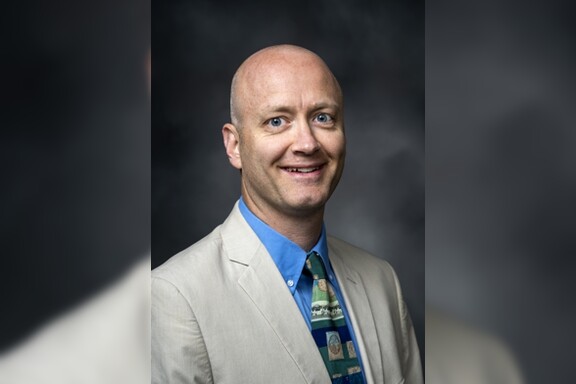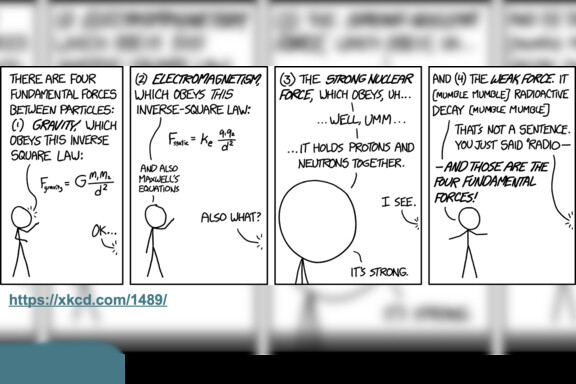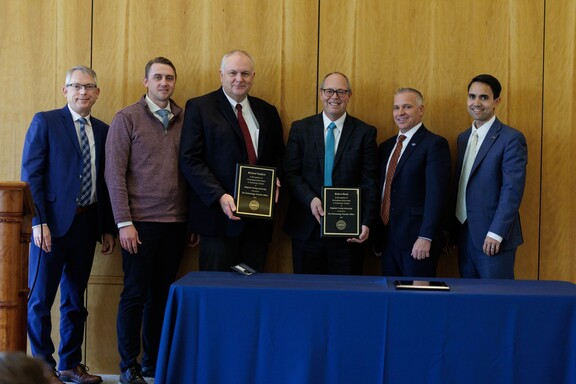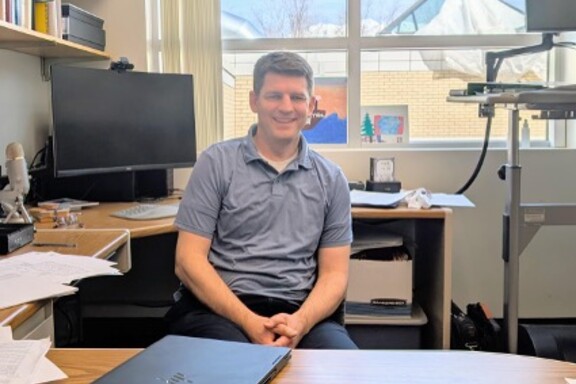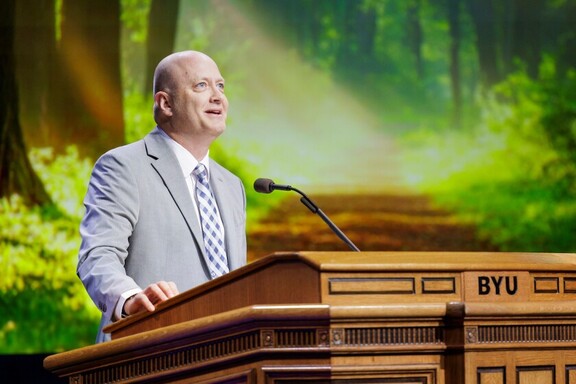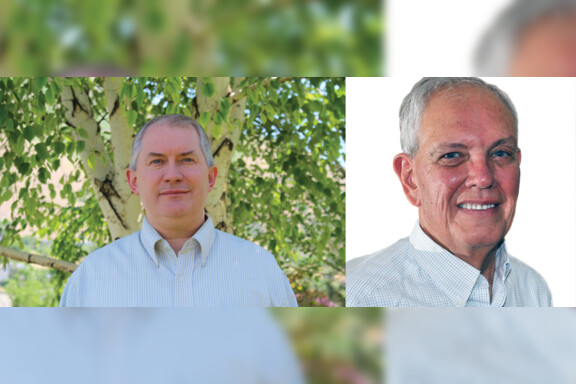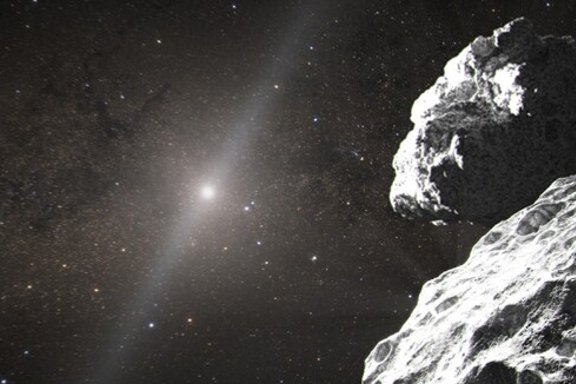
Many people feel that there is a tension between science and religion. This tension often drives religious individuals to leave their faith. In Dr. Michael Ware’s opinion, this disconnect is artificial. He believes that science and religion are, in fact, very supportive of each other. By developing Physics 513R: Science and Religion Seminar, he hopes to help students develop the skills to navigate this disconnect effectively.
This class began when a previous student of Dr. Ware’s reached out to him and expressed that his education at BYU had not prepared him to engage with non-religious scientific viewpoints. Dr. Ware began studying the curriculum for the philosophy of science classes here at BYU, but he felt that it was not practically applicable for himself as a physicist. However, combining both philosophical and scientific principles helped him create an engaging, discussion-based course for students. These discussions, founded on the combination of these approaches, give students the tools to think critically regarding the intersection of science and religion.
An average class day has Dr. Ware introducing a particular hot-button issue – for example, whether or not the Biblical account of creation should be interpreted literally – and facilitating class discussion about the topic. Dr. Ware enjoys all of the topics he covers in the class, but he says he finds the concept of fine-tuning particularly interesting. Fine-tuning refers to the fact that if physical parameters like the speed of light or the Planck constant had different values, our universe would be vastly different, and potentially incapable of supporting life. Thus, fine-tuning has been used by many as an argument for the existence of God. As interesting as arguments like this are though, Dr. Ware thinks they aren’t a very good foundation to build your faith on – just interesting ideas to explore.
The physics department at BYU is a unique nursery for both scientific and spiritual instruction, allowing students to interact with both fields and experience the interplay between the two. Dr. Ware uses this backdrop to teach a class that serves, in his own words, “as a scientist’s practical field guide for critical thinking on matters concerning science and religion”. His end goal for the class is to equip students with an understanding of relevant vocabulary and viewpoints. While Dr. Ware has his own thoughts on the matter, he ultimately hopes to help students who are curious about this relationship think critically and form their own opinions on these topics.
For those interested, Physics 513R is taught by Dr. Ware every fall semester.
Posted May 2025
Student Authors: Matthew Toole, Garrett Suggs, Matthew Schlitters, Thomas Cochran
News and Events

